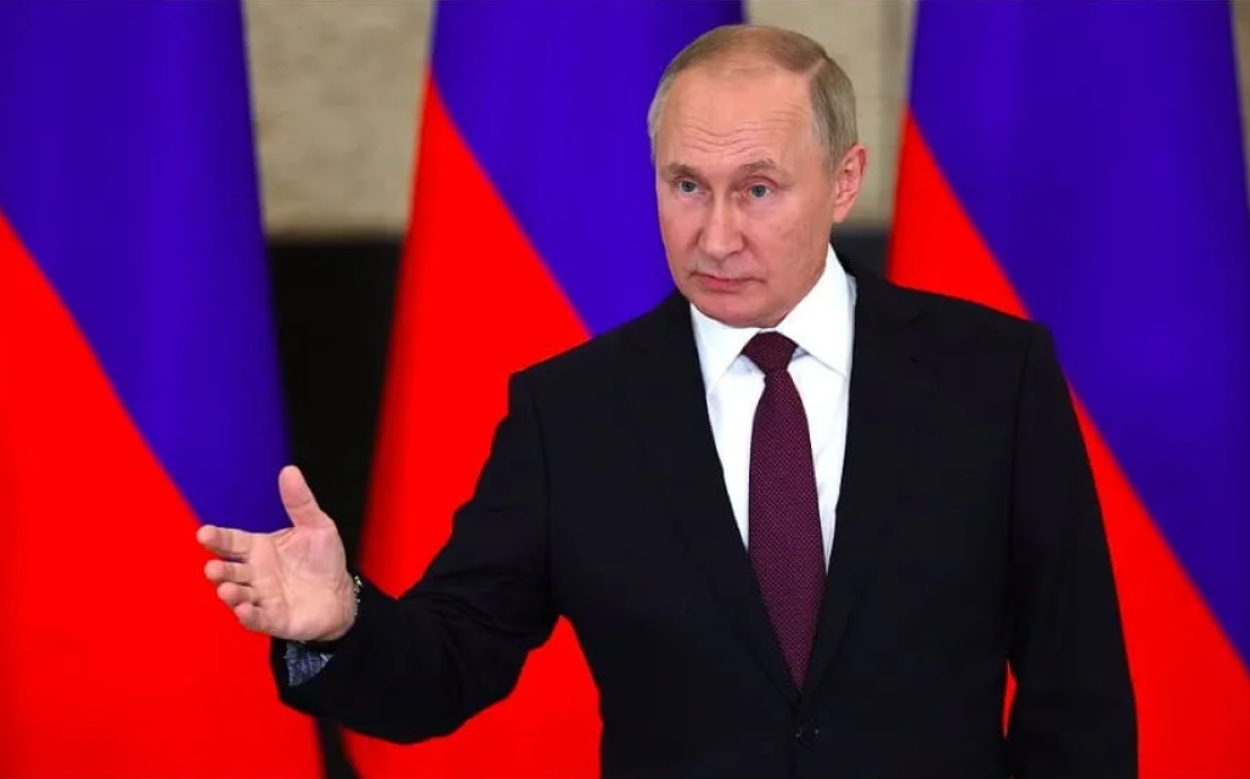On the 83rd anniversary of the Great Patriotic War (GPW of WWII), the Russian Ministry of Defense released a trove of archival documents shedding light on the daring air combat technique known as “Air Ram,” or “Taran” in Russian.
The tactic, used by Soviet pilots from the very first day of the war, involved ramming enemy aircraft or ground targets when all other means had been exhausted. The German pilots were confronted with this audacious tactic from the outset of the conflict.
The newly released documents highlight how Soviet pilots, in their desperate efforts to repel the invading Luftwaffe, resorted to this extreme measure, often sacrificing their lives in the process.
“On the very first day of the Great Patriotic War, German pilots encountered such a technique as an air ram. Brave Soviet pilots not only rammed the most trained Luftwaffe crews but also knocked down the arrogance of the rest who witnessed disasters. Most of the heroes of such battles died along with their planes,” a document mentioned.
AfriPrime App link: FREE to download...
https://www.amazon.com/Africircle-AfriPrime/dp/B0D2M3F2JT
One notable account is that of Captain Alexander Avdeev, who executed ten sorties in the initial three days of the war. On June 25, 1941, after his plane was shot down, Captain Avdeev chose to crash his aircraft into an enemy tank, igniting it and sacrificing his life in the process. The award sheet documents his courage and highlights his deliberate and heroic act.
Another story is that of Lieutenant Stepan Gudimov. On June 22, 1941, the first day of the war, at 05:20 Moscow time, Gudimov took to the skies in his I-16 fighter to counter a German bomber raid.
After downing one enemy bomber with precise shooting, he ran out of ammunition and resorted to ramming a second bomber. Tragically, Gudimov’s parachute became entangled in the wreckage of his aircraft, leading to his death.
At approximately 10 a.m. on the same day, Commissar Andrei Danilov exhibited what official documents describe as “incredible bravery” by executing an air ram maneuver.
Despite sustaining several bullet wounds, Danilov managed to down an enemy He-100 fighter aircraft and successfully landed his plane.
Initially presumed dead, he was posthumously awarded the Order of Lenin on July 8, 1941. However, Danilov survived and, after a lengthy hospital stay, received his well-deserved recognition.
The documents also noted the heroism of Senior Lieutenant Ivan Ivanov, whose first and last battle occurred at dawn on June 22. After repelling an enemy attack, Ivanov noticed a Nazi bomber while returning to their airfield.
Even though he was out of ammunition and fuel, Ivanov executed a ramming strike, successfully downing the enemy plane. His aircraft crashed shortly, and he succumbed to his injuries in the hospital. Ivanov was posthumously awarded the title of Hero of the Soviet Union on August 2, 1941, for his courage.
Taran – Aerial Ramming
During the Great Patriotic War, known as World War II outside the USSR, Soviet pilots executed numerous instances of crashing their damaged aircraft into German planes or ground targets, a tactic referred to as a “ram.”
Throughout the war, Soviet pilots performed more than 600 such rams, effectively destroying significant enemy personnel and equipment.

A typical air ram involves a pilot steering his aircraft into an enemy plane, ground target, or ship. Experienced pilots ramming air targets can sometimes parachute to safety or even save their aircraft if it isn’t too damaged. However, ramming ground targets or ships offers little chance of survival unless the pilot escapes before the collision.
The ramming techniques varied depending on the plane’s design and the time available. Pilots used different parts of their aircraft — such as the chassis, wings, tail, and fuselage — to inflict damage on enemy targets. In some instances, pilots delivered multiple blows in a single attack.
Soviet pilots resorted to ramming as a last-ditch effort when facing issues like jammed weapons or depleted ammunition. On the first day of the Great Patriotic War, seven Soviet pilots executed rams against enemy targets.
Despite its effectiveness, the ram was extremely risky, leading to significant losses of equipment and trained pilots. Consequently, it was generally discouraged. Yet, those who carried out successful rams often received awards and gained fame.
One specific type of ram was the “fire ram,” where a damaged and burning aircraft crashed into a ground or naval target. This tactic was used only when the aircraft’s destruction was imminent. Pilots faced a dire choice: escape and risk capture or destroy the enemy at the cost of their own lives. Many chose the latter.
Of the approximately 600 ramming incidents, 506 targeted ground objects, and 237 were fire rams (with overlaps). Over 450 pilots died performing fire rams, a number higher than the incidents due to multiple crew members on some aircraft.
Surviving a fire ram was a rare feat; records show that only six pilots lived to tell their stories. One notable survivor was Lieutenant Koldybin, who rammed his plane into a German aircraft over the Dnieper River. The resulting explosion catapulted Koldybin from his aircraft, saving his life.
AfriPrime App link: FREE to download...


